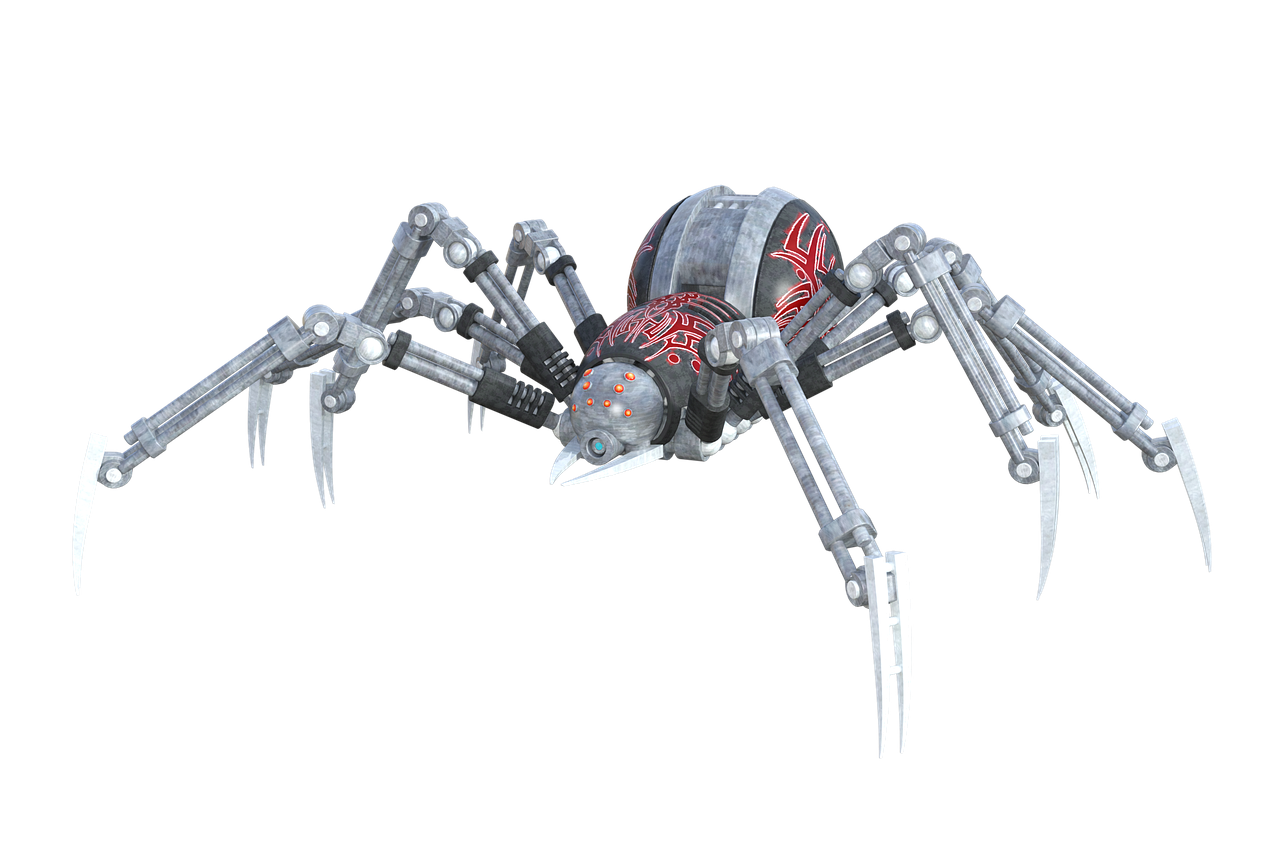
Virtual robots that behave, move, and even reproduce like animals in the real world: they really do exist. This week Karine Miras will graduate with a PhD for her research on virtual DNA. “Actually, I’ve been working on creating life for years.”

Miras and her research are part of an ongoing research group at the Vrije Universiteit of Amsterdam (VU, the Netherlands) that focuses on self-improving robots based on evolutionary principles. These principles can lead to simple or more complex forms of intelligence.
“My robot DNA is constructed out of a set of symbols,” Miras explains. “The DNA ‘knows’ how to interpret the symbols and converts these into brain and body structures.” Ultimately, these types of systems can become so complex that they transcend human intelligence, according to Miras. “It really is possible. I don’t see why not.”
Robots in an ever-changing environment
Robots are already widely used in various fields of work throughout society. For example, social robots such as Pepper the robot are used in the education sector, while industrial robots that can weld or transport are used in industry.
Though useful, the behavior of these robots remains pretty limited. “They do everything they have to do. Yet they find it difficult to cope with any changes in their environment,” Miras explains. The evolutionary robots from Miras’s research were created precisely for this purpose. “You can put them to use on a much wider scale.”
As Miras says, her robots can be used to perform tasks in places that are difficult to reach. “To give an extreme example: on another planet, for instance. It is often much easier to send a robot into space than to go there as a human being. This kind of robot has to be able to deal with changes, for the simple reason that we don’t exactly know what the planet looks like. In such cases, it would be better to send a system there that can evolve and improve itself.”
Virtual snakes and salamanders
A remarkable result of the research was that the virtual robots started to move like animals. “And yet they were by no means programmed that way. If we copy the principles of evolution into a virtual system, then apparently the same things happen as they do in nature.” As a consequence, some robots moved in the same way like a snake. The locomotion of salamanders or sea turtles was also mimicked.
Watch the video below for a demonstration of how the virtual robots move.
As smart as human beings
Miras thinks that evolutionary robots have the potential to change the world. “Of course, it’s all talk of the future. But if the robots continue to evolve in this way, humans may have another, highly intelligent species to communicate with in the future.”







